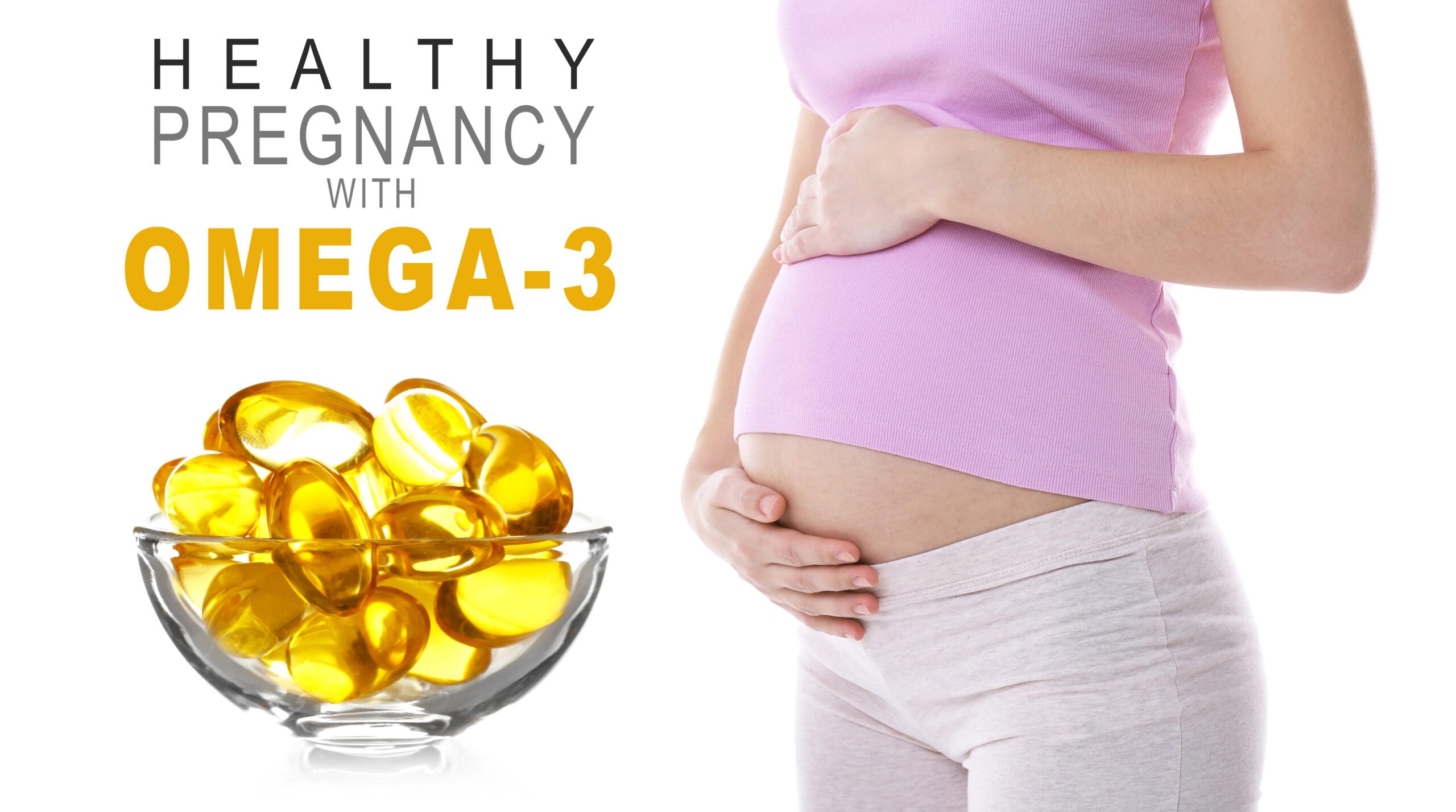
Omega-3 fatty acids are essential nutrients, and researchers say they play an important role in pregnancy, providing significant benefits for both mother and baby.
An increasing number of peer-reviewed studies and leading medical organizations recognize marine-sourced omega-3s, particularly DHA, as necessary for reducing certain pregnancy risks, supporting fetal brain development, and promoting maternal health.
As the evidence base expands, expectant parents are increasingly seeking clear, science-backed guidance on how to safely and effectively incorporate these vital nutrients into their prenatal diets.
A comprehensive review of clinical trials and meta-analyses, including those published in the Cochrane Database of Systematic Reviews and other leading journals, has found that when a proper amount of omega-3 is consumed during pregnancy, there is a reduced risk of preterm birth, improved neurodevelopmental outcomes, and potential benefits for maternal cardiovascular health.
These findings have been echoed in recommendations from the NIH and leading obstetric organizations, which emphasize the importance of DHA—one key type of omega-3 found primarily in seafood—for optimal prenatal nutrition. The role of EPA is less well established, though it is often included in supplements.
Keep reading to understand the benefits of omega-3 fatty acids in pregnancy and to explore the evidence-based intake recommendations for your pregnancy. I’ve also provided tips for safe seafood choices and answered some common questions about plant-based alternatives and supplementation.
With four children at home, and a wife who enjoys seafood regularly, I’ve been through the Omega-3 and seafood ringer a few times, so hopefully this helps you or your seafood-loving partner find a healthy and beneficial Omega-3 fatty acid balance during pregnancy.
What Are Omega‑3 Fatty Acids? Why Are They Essential During Pregnancy?
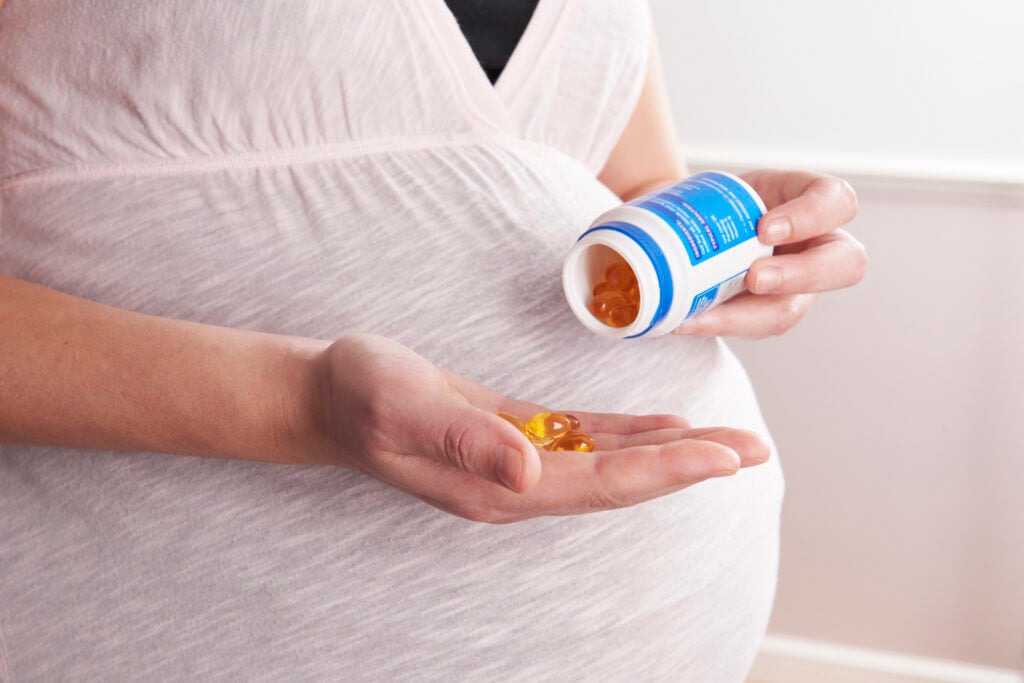
Omega-3 fatty acids are in a family of polyunsaturated fats that play fundamental roles in human health. The three principal forms are alpha-linolenic acid (ALA), found in plant oils; eicosapentaenoic acid (EPA); and docosahexaenoic acid (DHA), both of which are commonly found in marine food sources like fatty fish.
During pregnancy, the demand for omega-3s, particularly DHA, dramatically increases. These nutrients are integral to cell membrane structure, hormone synthesis, and the development of the fetal nervous system. DHA, for example, is a structural component important for brain and retinal development in the fetus, as supported by consensus guidelines and systematic reviews.
Unlike most other fats, omega-3s cannot be made efficiently by the human body and must be obtained from the diet. While ALA can be converted to EPA and DHA, this process is highly inefficient, especially during pregnancy, when the need for DHA is at its peak. This makes direct consumption of marine-based omega-3s essential for expectant mothers.
Official guidelines reflect these increased needs. According to the NIH Office of Dietary Supplements Fact Sheet, the recommended adequate intake (AI) for omega-3s rises from 1.1 grams per day for non-pregnant women to approximately 1.4 grams daily during pregnancy and lactation.
It’s important to note that while the FDA provides advice on fish consumption for pregnant women, the agency does not set a specific recommended daily intake for omega-3s. Instead, the FDA emphasizes the importance of choosing fish that are lower in mercury.
I also want to point to another article I wrote about whether kids should take a fish supplement to receive a healthy amount of omega-3 fatty acids, since an increasing amount of research also shows huge benefits for children who receive the nutrients regularly.
Evidence-Based Benefits Of Omega‑3 Intake During Pregnancy

A substantial amount of research in modern nutrition science supports the health advantages of omega-3 fatty acids in pregnancy.
I turned to the meta-analysis published in the Cochrane Database of Systematic Reviews, which points to several critical benefits:
Lower Risk of Preterm Birth and Pregnancy Complications
The Cochrane Database found that omega-3 supplementation can reduce the risk of early preterm birth. Specifically, the review reported a relative risk reduction of early preterm birth (before 34 weeks) of 42% (relative risk 0.58, 95% CI 0.44 to 0.77). Still, the main effect size is a 42% reduction with the confidence interval reflecting uncertainty.
This is a significant finding, as preterm birth is a leading cause of neonatal mortality and lifelong developmental challenges. We wrote an article about the signs of preterm labor you should certainly be on the lookout for if you’re pregnant.
Additional studies indicate that omega-3s may help lower the risk of pre-eclampsia and gestational hypertension, both of which can threaten maternal and infant health. A systematic review by Kar et al. (Nutrients, 2016) found that higher maternal omega‑3 status is associated with more favorable pregnancy outcomes, though more research is needed to confirm causality.
Enhanced Fetal Brain and Visual Development
Perhaps the most well-documented benefit is the impact of prenatal DHA on the developing brain and eyes. DHA accumulates rapidly in the fetal brain during the third trimester, supporting cognitive function, attention, and learning capacity later in life. There are numerous systematic reviews and expert consensus that highlight the critical role of DHA for neurodevelopment.
One randomized controlled trial published in JAMA Pediatrics claims that infants born to mothers with higher blood DHA levels had better visual acuity at six months of age.
Maternal Cardiovascular and Long-Term Child Health
Regular omega-3 intake during pregnancy is also associated with improved maternal heart health and reduced inflammation, and some studies have explored a possible link to a lower risk of postpartum depression. However, findings are mixed, and more research is needed. These effects are believed to stem from the anti-inflammatory and vascular benefits of EPA and DHA.
Longitudinal studies have examined whether children whose mothers consumed adequate omega-3s in pregnancy may experience advantages in cognitive performance and immune function in early childhood. Still, results are mixed and not conclusive, so that’s what it’s worth at this time. More research is needed to clarify the long-term impact of prenatal omega-3 intake on child health outcomes, but early results do appear promising.
Recommended Sources & Safe Intake Levels — Balancing Nutrition With Safety
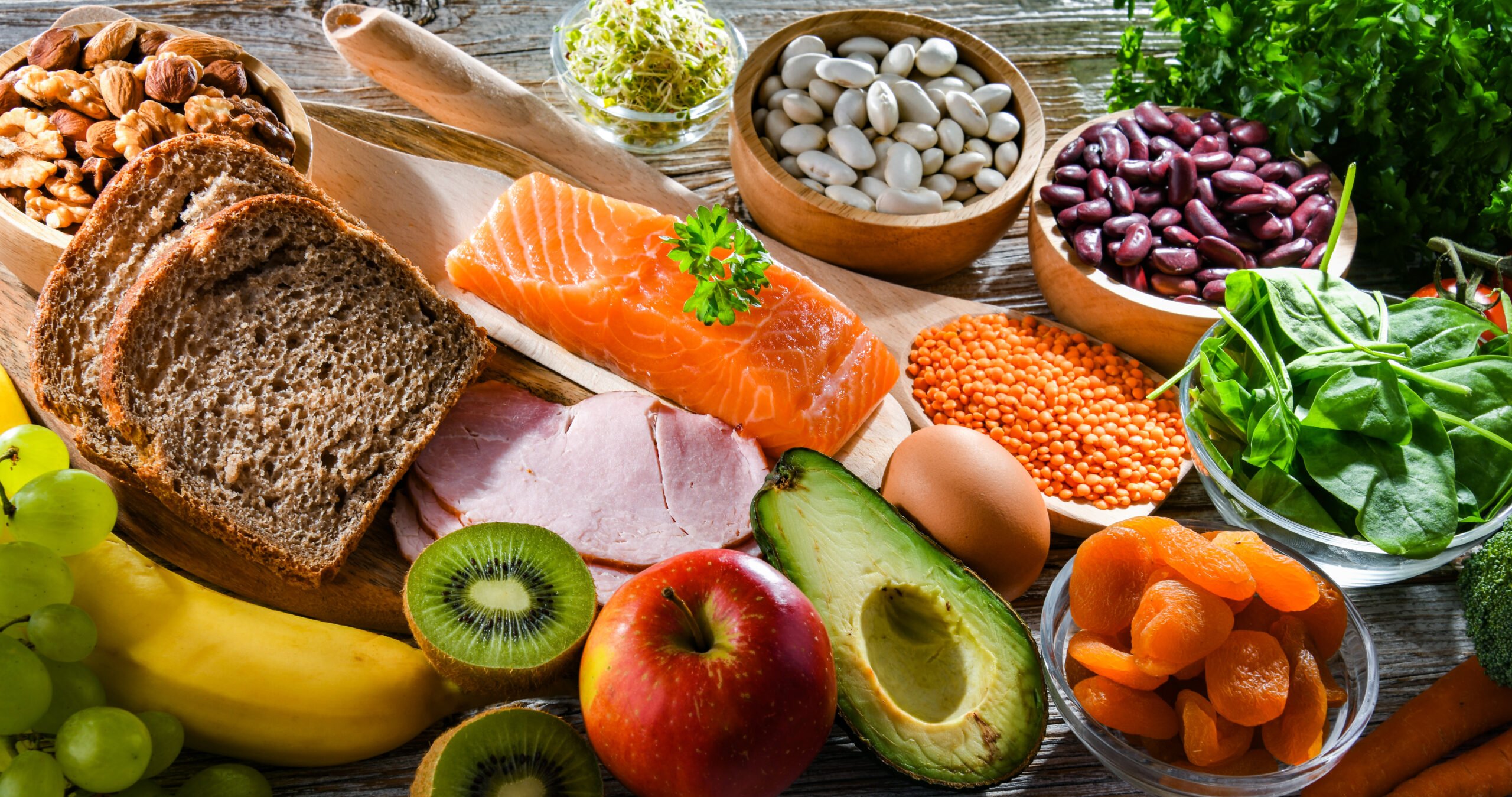
While any omega-3 taken during pregnancy is likely a welcome addition or improvement in a mother’s diet, not all omega-3 sources are created equal. Safety is a special concern during pregnancy, and understanding the best dietary sources and safe consumption practices is essential for maximizing benefits while minimizing risks. There’s a good chance you are already familiar with mercury levels in some fish and the need to avoid sushi, but let’s dive in with all of the information you need to stay safe while receiving Omega-3 fatty acids during pregnancy.
Top Dietary Sources: Marine vs. Plant-Based Omegas
Marine sources, especially fatty fish such as salmon, sardines, anchovies, and herring, are by far the richest in EPA and DHA. According to the FDA/EPA’s updated “Advice About Eating Fish” (March 2024), pregnant women should aim for at least two servings of low-mercury fish per week, such as salmon, trout, or anchovies.
Plant-based sources like walnuts, flaxseeds, and chia seeds provide ALA, but—as the NIH Fact Sheet notes—conversion to DHA and EPA is limited. Thus, while valuable, these should complement, not replace, marine omega-3 sources during pregnancy unless dietary restrictions apply.
Safe Serving Sizes and Mercury Limits During Pregnancy
Safety is paramount. Some fish are high in mercury, which can harm fetal development. The FDA/EPA official advice recommends:
- Best choices: Eat 2–3 servings (8–12 ounces) per week of low-mercury fish (salmon, sardines, anchovies, trout, herring, light canned tuna).
- Good choices: Limit to one serving per week (e.g., halibut, grouper).
- Avoid: High-mercury fish such as shark, swordfish, king mackerel, or tilefish.
For a complete list of safe seafood options, consult the FDA’s “Advice About Eating Fish”.
Supplements: When Dietary Needs Aren’t Met
If you do not eat fish or have dietary restrictions, omega-3 supplements may be recommended. Always consult your healthcare provider before starting any supplement. According to the NIH Office of Dietary Supplements, select supplements that specify DHA and EPA content, and choose products from reputable brands that provide third-party testing for contaminants, including heavy metals.
How To Balance Seafood With Other Proteins When Pregnant
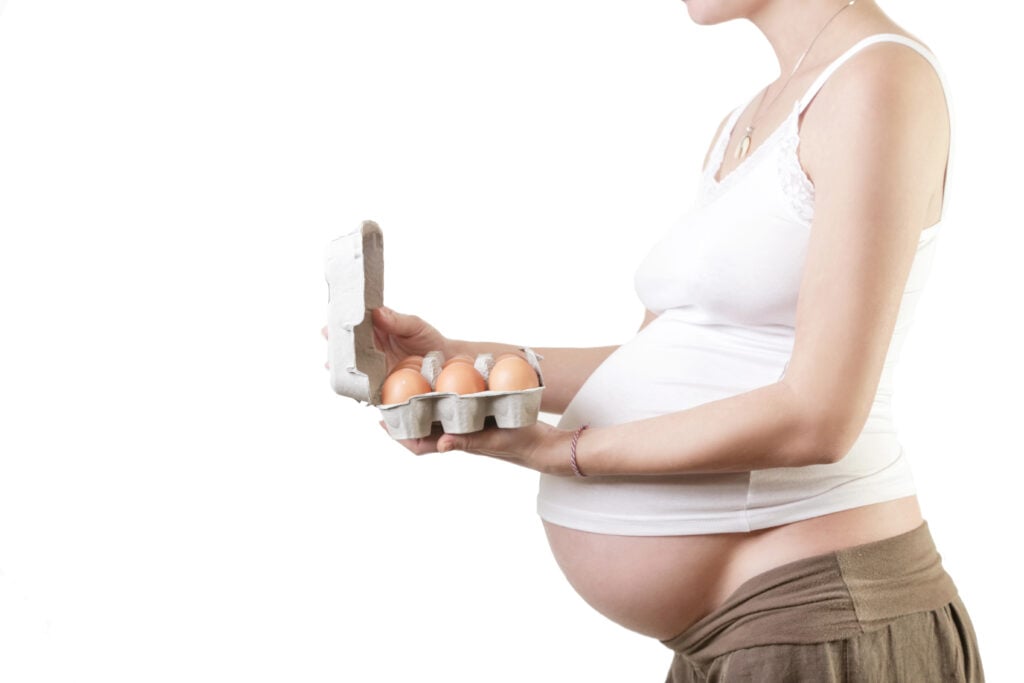
I always try to promote a well-rounded diet for parents and children, and a strong pregnancy diet includes a variety of protein sources. While seafood offers unique omega-3 benefits, it’s vital to balance fish intake with other lean proteins to meet overall nutritional needs and minimize potential risks from contaminants.
Comparing Alternative Protein Sources
The Harvard T.H. Chan School of Public Health notes that alternative proteins such as lean meats, poultry, legumes, eggs, nuts, and soy provide essential amino acids and contribute to a balanced prenatal diet. These foods also supply vital nutrients like iodine, vitamin B12, and zinc—crucial for fetal growth and maternal well-being.
Are Plant Or Algae Oils Effective Substitutes?
Algae oil provides a direct, bioavailable source of DHA and is considered an adequate substitute for fish-derived omega-3s, especially for vegetarians and vegans. However, most algae oils provide DHA only and not EPA unless specifically formulated. Flaxseed oil (rich in ALA) is beneficial but does not supply significant amounts of DHA or EPA without supplementation.
Clinical evidence supports the use of algae-based DHA supplements as a safe and effective way to meet prenatal omega-3 requirements when marine sources are not consumed.
A sample Week For A Pregnant Woman Might Include:
- 2–3 servings of low-mercury fish (e.g., grilled salmon, baked trout)
- 2–3 servings of lean poultry or meat
- 3+ servings of plant-based proteins (lentils, beans, tofu)
- Daily inclusion of nuts and seeds
This approach ensures protein diversity, supports omega-3 needs, and provides the broad nutritional foundation recommended by leading health authorities.
What Are The Signs Of Seafood Poisoning In Expectant Mothers?
Pregnant women are more susceptible to foodborne illnesses, and seafood-related food poisoning can have dire consequences. Awareness of the symptoms—and how to reduce risk—is vital.
Common Symptoms and Risks
According to the CDC FoodSafety.gov guidance for pregnant women, symptoms of seafood-related food poisoning may include:
- Nausea and vomiting
- Abdominal cramps
- Diarrhea
- Fever and chills
These symptoms often appear within hours to several days after eating contaminated seafood.
Increased Risks from Specific Pathogens
Pregnant individuals face a higher risk of severe illness from bacteria such as Listeria monocytogenes and Vibrio vulnificus, which can be found in certain raw or undercooked seafood. As detailed in the CDC MMWR Surveillance Summary (June 2024), listeriosis during pregnancy can result in miscarriage, stillbirth, or severe newborn infection.
How To Reduce Your Risk
- Avoid raw or undercooked fish and shellfish.
- Choose cooked seafood from reputable sources.
- Follow the FDA Food Code (April 2024 update) for proper food storage and preparation.
Should All Expectant Mothers Take an Omega-3 Supplement?
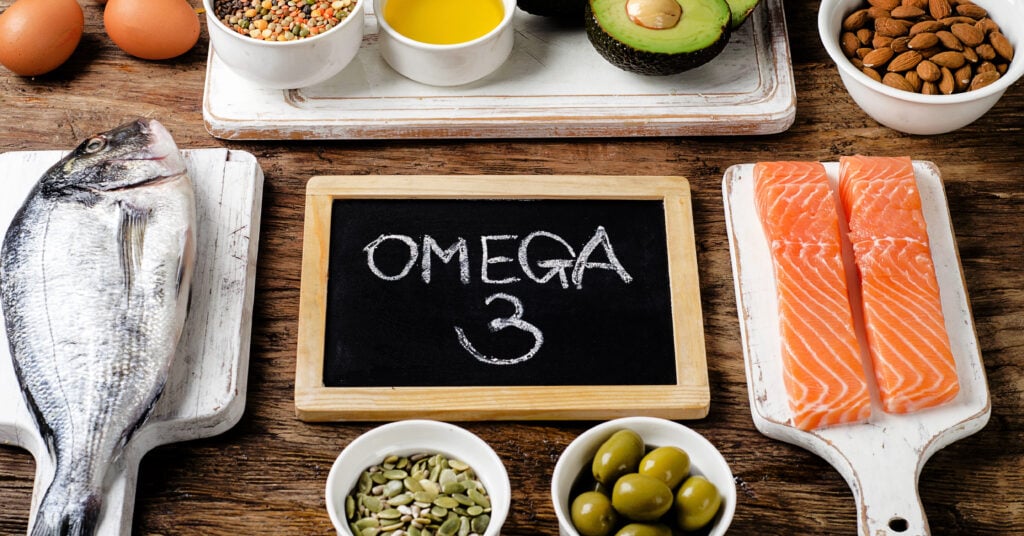
Most experts recommend meeting omega-3 needs through diet, but supplements may be necessary for those who avoid fish or have higher requirements. Always consult with your OB/GYN or dietitian before beginning supplementation. For guidance, refer to the NIH Office of Dietary Supplements.
Incorporating appropriate amounts and types of marine-sourced omega-3 fatty acids, particularly DHA, into your prenatal diet is one of the most evidence-based ways to support optimal maternal and fetal health.
With the regular consumption of omega-3 linked to reduced risk of preterm birth, better fetal neurodevelopment, and improved maternal well-being, with some benefits potentially extending into childhood and beyond, it makes sense for expecting moms to ensure they are receiving a healthy amount of omega-3 fatty acids. Still, more research is needed on long-term outcomes.
Safe seafood choices, awareness of mercury limits, and a balanced approach to protein sources are crucial for maximizing your benefits and minimizing risks during pregnancy. For those who avoid fish, algae-based DHA supplements offer a proven alternative.
Before making significant changes to your diet, always consult your healthcare provider or a registered dietitian.
